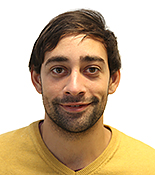
Osvaldo Burastero
Garcia Group
EMBL Hamburg
Career Accelerator for Research Infrastructure Scientists

Garcia Group
EMBL Hamburg
Hi! My name is Osvaldo Burastero and I have learned about molecular biology (MSc & PhD) and data analysis (MSc). My work at EMBL concerns developing software. I’m passionate about science, I enjoy sailing, and spending time with friends and family.
In my ARISE project, we are building an online platform for the analysis of biophysical data (spc.embl-hamburg.de). We want to provide researchers user-friendly tools to extract valuable information from the results of their experiments.
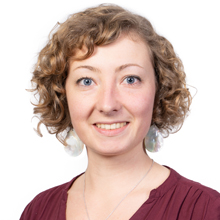
Leach Group
EMBL-EBI Hinxton
I’m a protein computational scientist with a very broad background in computational biology, bioengineering, molecular biology and drug design. I’m fascinated by protein structures, and I enjoy helping others to achieve their goals.
My projects’ main aim is to provide computational tools to the scientific community, in particular to experimental scientists who are not used to coding, in order to enable them to perform fast and streamlined analysis of protein structure ensembles and binding sites in the context of drug design.
Ries Group
EMBL Heidelberg
My name is Sheng Liu, I’m an ARISE fellow working in Dr. Ries lab at EMBL Heidelberg. I’m from China, I obtained my PhD in Optical Science and Engineering at University of New Mexico.
My project is to reconstruct the point spread function (PSF) of single-molecule localization microscopy (SMLM) systems. The types of reconstructed PSF models include voxel, pupil and Zernike based PSF models. The applicable SMLM systems covers single channel and multi-channel systems as well as 4Pi microscopes.

Kreshuk Group
EMBL Heidelberg
I am a peruvian Electronic Engineer with a MSc. in Digital Image and Signal Processing and a PhD in Computer Science. My professional interests include high-performance scientific computing, signal processing on diverse modalities and dimensions, and variational analysis mostly applied to signal denoising. Besides academia, I have experience in electronic hardware design and software development in the areas of cryptography, steganography, and multimedia. My typical approach to a project is to try to find a minimalist, modular, and stable solution that is efficient and flexible, so it could be adapted or extended, if needed.
Cryo-Electron Tomography (CryoET) is a technique used to obtain three-dimensional representations of proteins in their native state. The level of detail of those representations is limited by the amount and quality of the data, and the high computational cost of the available algorithms to process it. In this ARISE project, I will address these issues from two different fronts: increase the amount of available data, and improve the overall performance of the algorithms. To achieve these goals, I will use state-of-the art methods of the fields of signal processing, data science and automation.
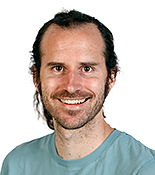
Zimmermann Group
EMBL Heidelberg
I am an experienced researcher with a background in metabolic biochemistry. I have strong expertise in mass spectrometry, and I like developing new analytical methods to study metabolic processes in various biological systems. I am originally from Perth in Australia.
During my ARISE fellowship, I am working on the project that involves developing new methodological services for profiling microbial pesticide degradation in both laboratory and environmental samples. The resulting methods could be used by academic researchers to discover new fundamental knowledge about how microbes degrade pesticides, and also by government regulatory agencies to monitor pesticide fate in the environment.
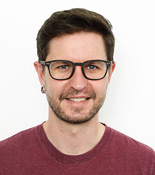
McCarthy Group
EMBL Grenoble
My name is Nicolas Foos. I did my PhD at AFMB Laboratory in Marseille in structural biology. Then, I decided to work for synchrotron facility. Working in large facility to develop methods as well as instrumentation passionate me. I enjoy making the life easier for people and working on the efficiency in the workflow.
My project aims to help researcher to do the measurement on their biological sample using the synchrotron. Doing that can be quite difficult, and my project is to automatize the experiment. We are creating a complete workflow going from the sample preparation to the very final result: a 3D model of the sample at atomic resolution.
Vizcaino Group
EMBL-EBI Hinxton
I am a senior researcher with a broad experience in various areas of Biochemistry, Gene and Protein expression, RNA Biology, Protein kinases and signalling, Transcriptomics, Quantitative Proteomics and Bioinformatics, and a marked emphasis on Mass Spectrometry-based Proteomics technologies applied to biomedical and clinical research.
Multi-omics technologies, such as proteogenomic approaches, proteomics and data search algorithms using probabilistic models provide a more complete knowledge of molecular mechanisms in health and disease-related processes. Personal proteome profiling and individuals’ proteotypes could be critical to define disease phenotypes. My research represents a proof of concept that integration of personalised genome information with clinical proteomics data via proteogenomic approaches is not only an integral component of precision medicine and oncology, but could also provide sensitive information on individuals, raising potential ethical issues regarding their privacy risks.
Trivedi Group
EMBL Barcelona
After obtaining the M.Sc in Telecommunication Engineering in Padova (Italy), I moved to Berlin (Germany) where I worked as Product Engineer in the photonics sector. Here, I optimized the production of specific medical devices based on optical-fiber bundles, in both the prototyping and industrialization phases. Subsequently, I moved to Barcelona (Spain) to pursue my PhD and combined different fields (such as mechatronics, optics, programming, and biology) to advance the applications of Light-Sheet microscopy for imaging living samples at different spatial-temporal scales. I then joined EMBL Barcelona as technology developer in the context of the ARISE project.
At EMBL Barcelona, I will design, develop, and implement a robotic prototype for automating specific biological procedures. Through such automation, I aim at improving the experimental throughput and samples´ homogeneity. The results of this project will provide the scientific community with a user-friendly platform for lab automation.
Sawitzke Group
EMBL Rome
I’m Alessandro Barenghi, a young scientist with a strong passion for nature, mountains and science. I specialized in molecular biology and viral vector engineering with a particular focus in the design of Adeno-Associated Viruses (AAVs) for gene therapy applications. I’m now combining my previous experience with CRISPR-based technologies to develop novel tools to improve genome editing in cells and embryos.
In my project we would like to develop a toolkit of all-in-one AAV constructs for one-step delivery of CRISPR components with the main aim to facilitate the generation of transgenic mice while simultaneously increasing editing rate and accuracy. We will exploit newly characterized CRISPR variants to optimize the design of the constructs, allowing us to obtain highly customizable vectors with enhanced efficiency. The high versatility of our constructs will allow users to utilize our tools for different purposes beyond the generation of transgenic animals, including production of transgenic cell lines, epigenetic editing and even gene-therapy therapeutic applications.
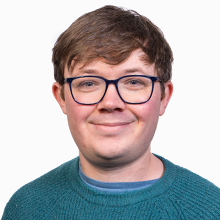
McEntyre Team
EMBL-EBI Hinxton
I have a background in computers science, bioinformatics and biomedical databases. Lately, I have been interested in the use of text mining and information retrieval techniques to facilitate the work of biocurators. That is, the experts who read the literature to extract information and enter it into biomedical databases.
I am working to develop a service to assist biocurators, built on top of the Europe PMC biomedical literature repository hosted by EMBL-EBI. Europe PMC provides access to a vast array of literature, including journal articles and preprints. The service I am developing will help biocurators better target their search for literature relevant to their databases, and assist them in quickly identifying the information they need within the article.
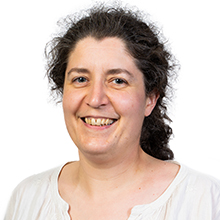
Velankar Team
EMBL-EBI Hinxton
I have a degree in biochemistry from the University of Regensburg, Germany, and did my PhD in structural biology at the University of Duesseldorf, Germany. Following on, I moved to the UK for a first postdoc at the Structural Genomics Consortium, University of Oxford, and a second one at the University of Manchester, both in structural biology. Thereafter, I changed my scientific field and retrained as scientific software developer with a focus on machine learning and artificial intelligence to develop and train decision making software for automated data analysis as part of the experimental beamlines at Diamond Light Source, the UK’s national synchrotron facility (a particle accelerator). I am also a mother and a strong supporter of Equality-Diversity-Inclusion projects, getting children of any background interested in science as well as anything to do with FAIR data sharing and open access projects.
In my current project at the European Bioinformatics Institute I use Natural Language Processing (NLP), which is a branch of deep learning, to teach an algorithm to read and analyse scientific literature, specifically to extract knowledge about protein structures. The found information is then used to annotate the individual residues (building blocks) of protein structures in the public database PDBe (https://www.ebi.ac.uk/pdbe/). An aggregated view of the structures can be accessed through PDBe-KB (https://www.ebi.ac.uk/pdbe/pdbe-kb), which holds the primary data, i.e. the protein structure, but additionally allows scientist from a wide range of research areas to interrogate the molecule in the context of the knowledge found in the literature, e.g. by an NLP algorithm or manual annotation, and complemented by other bioinformatics analysis.
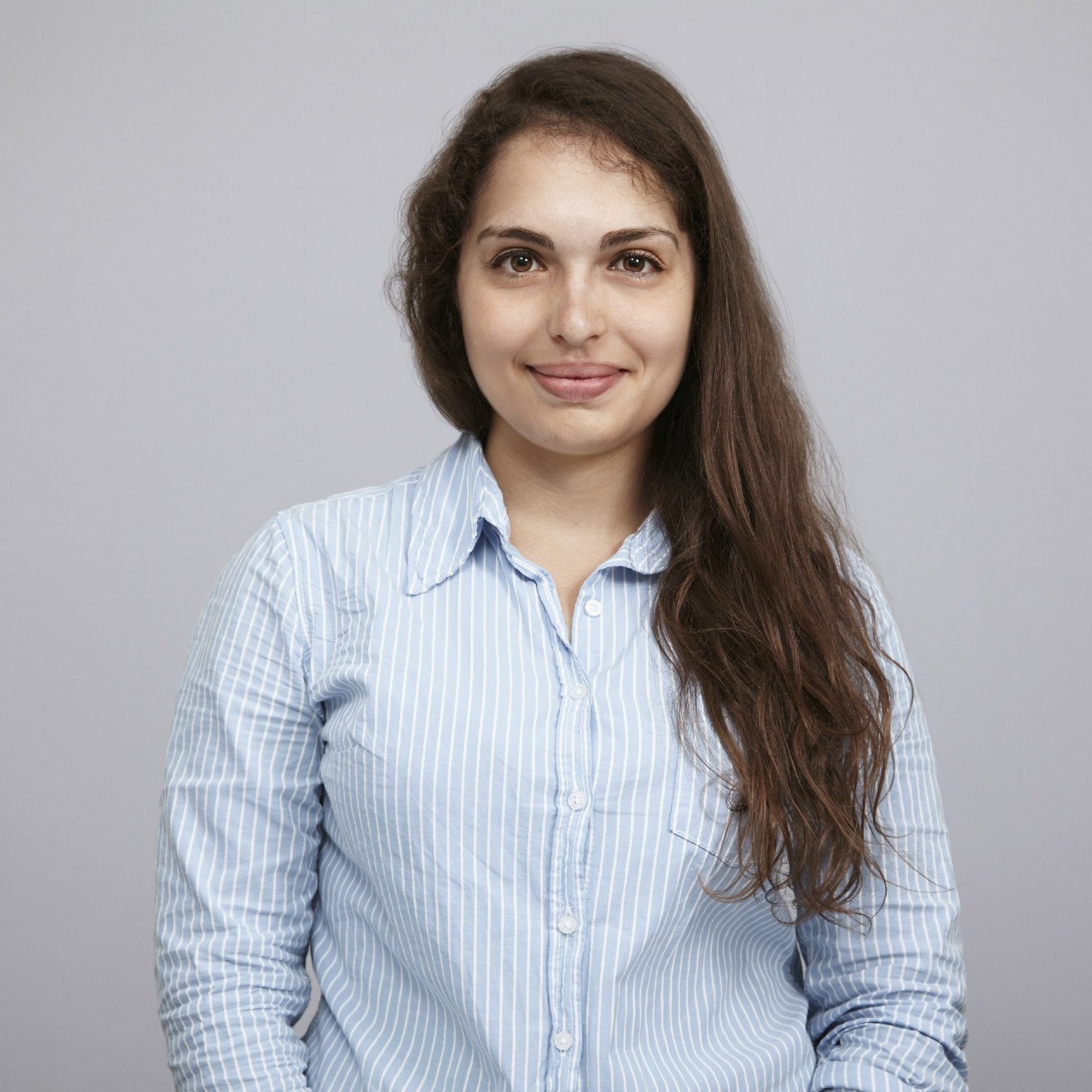
Papp Group
EMBL Grenoble
My name is Caroline Bissardon. I did a joint PhD in Medical Geology between Swansea and Grenoble-Alpes Universities (Lab: Centre for Nanohealth & ISTerre). In 2016, I received the L’Oréal Unesco award “For women in sciences” for this work. This was followed by a medical physics INSERM Postdoc at the ESRF. For both, I worked with synchrotron facilities to develop methods and protocols allowing multiscale analytical biochemical studies of elements present at trace concentrations in biological samples (cartilage tissue, cancers cells etc). I then worked as research engineer at the CEA-LETI in Grenoble on the design and the conception of a new light sheet fluorescence microscope (LSFM) dedicated to Organ-On-Chip applications. This enabled tracking of the vascularization network initiation in organoids over time. I enjoy working in large facilities where I can scientifically and technically respond to the challenging needs of biologists and biochemists. My project aims are to help researchers perform multiscale molecular and analytical biochemical studies on biological samples. I wish to develop a universal sample support that is compatible with several “big” instruments that is currently impossible to follow biotransformation processes on the same sample, especially within the same region of interest. This has to be done in a cryogenic environment on vitrified samples, to stay as close as possible to native conditions. In a second phase we aim to develop a multimodal imaging pipeline with an automatized workflow going from the sample preparation to final result: a 3D virtual biochemical “histology” of the biological sample. This will include sample cryofixation using the EMBL-designed EasyGrid machine, and a multiscale study going from light microscopy (μm resolution) to Cryo-ET (Å resolution) passing through synchrotron-based techniques displaying nm resolution (e.g., X-ray fluorescence microscopy & tomography, Phase contrast imaging, Pytchography, X-ray absorption spectroscopy, etc.). The main difficulties in the creation of such a pipeline remain in the specific sample holder requirement of each imaging technique, the conservation of the cryo-conditions over multiple loading and unloading procedures, and naturally in limiting the radiation damage of the sample due to multiple exposures of the same region of interest.
Pepperkok Team
EMBL Heidelberg
I am Christopher Rhodes, an engineer and specialist in automation, fluidics, and digital imaging. I develop tools to help scientists automate difficult experiments. Before joining EMBL, I invented a platform to automate the analysis of biological tissue, which is now in commercial development for the biotech industry. I hold engineering degrees from MIT (S.B. 2006) and the University of California – Berkeley (Ph.D. 2012).
As an ARISE fellow, I will develop services that use a microscope to sort cells and other biological samples. Drawing upon EMBL’s advances in feedback microscopy, cell sorting, and -omics, I will engineer new hardware for sample handling and software for image analysis. I will deploy this platform so that researchers in fields as diverse as marine, developmental, microbial, and tissue biology can correlate sophisticated spatial phenotypes with downstream single-cell analysis. Microscopes automated in this way will support entirely new ways of studying diversity in complex multicellular systems.
Crevenna Group
EMBL Rome
which have given me the chance to work side-by-side with engineers, computer scientists, and biologists, enriching my working attitude in interdisciplinary environments. Being a three-time MSCA fellow has helped me in this respect a lot, exposing me to a broad range of research approaches. In fact, during these years, I have developed interdisciplinary skills in computational tomography, image processing, and adaptive optics while keeping an eye open to deep learning solutions.
Photography has always been my passion, and with my latest MSCA ARISE grant, I will try to make this fruitful for life scientists. I will work in the microscopy facility at EMBL-Rome, combining adaptive optics and image processing pipelines to increase the resolution of optical light-sheet microscopes in three dimensions. We aim to develop an optical module that is simple -yet effective- to enable volumetric transcriptomics measurements on a light sheet microscope. In simple words, I will provide biologists the best possible 3D pictures for their studies. It is a chance for me to delve into research infrastructure technologies, understanding the needs of a laboratories that increasingly rely on imaging technologies to advance the state-of-the-art in life science.

Research Fellow (ARISE)
Mahamid Group
ORCID: 0000-0002-8046-0474
Edit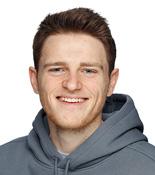
Research Fellow (ARISE)
Data Science Centre
ORCID: 0000-0002-0807-6363
Edit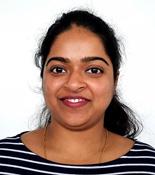
Research Fellow (ARISE)
Márquez Team
sunni [at] embl.fr
ORCID: 0000-0001-9905-9464
Edit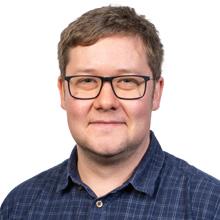
Research Fellow (ARISE/Marie Curie)
Bateman Group
ORCID: 0000-0002-8297-0953
Edit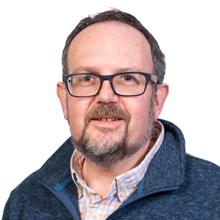
Research Fellow (ARISE)
Open Targets
ORCID: 0000-0002-4341-0320
Edit
Research Fellow (ARISE)
Proteomics Core Facility
ORCID: 0000-0003-0747-4316
Edit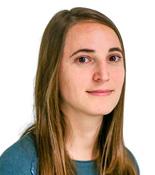
Research Fellow (ARISE)
Garcia Alai Team
ORCID: 0000-0001-9431-7794
EditResearch Fellow (ARISE)
Flow Cytometry Core Facility
ORCID: 0000-0003-2007-8326
Edit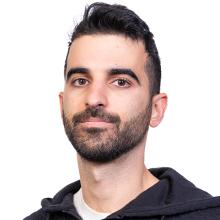
Research Fellow (ARISE)
Microbiome Informatics
ORCID: 0000-0001-9132-8981
EditResearch Fellow (ARISE)
Prevedel Group
ORCID: 0000-0002-0871-8880
Edit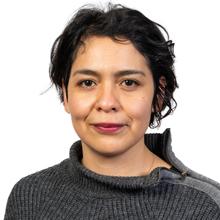
Research Fellow (ARISE)
Protein Data Bank in Europe
ORCID: 0000-0002-3048-5315
EditResearch Fellow (ARISE)
Prevedel Group
ORCID: 0000-0001-9620-8428
Edit
Research Fellow (ARISE)
Márquez Team
ORCID: 0000-0001-8226-4218
EditResearch Fellow (ARISE)
Schneider Group
ORCID: 0000-0001-7924-3539
Edit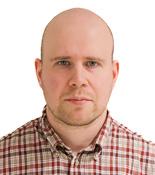
Research Fellow (ARISE)
Blanchet Team
ORCID: 0000-0001-6704-1702
Edit
Research Fellow (ARISE)
Duke Team
ORCID: 0000-0002-3561-7305
Edit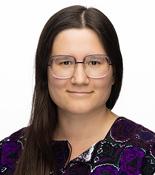
Research Fellow (ARISE)
Schwab Team
ORCID: 0000-0002-6089-3766
Edit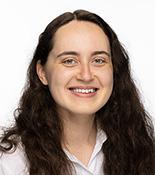
Research Fellow (ARISE)
Saka Group
Edit
Research Fellow (ARISE)
Zimmermann Team
ORCID: 0000-0002-0291-045X
Edit
Arise Fellow
EBI Eukaryotic Annotation
ORCID: 0000-0002-7223-6819
Edit
Arise Fellow
Protein Function Development
Edit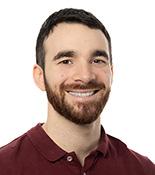
Research Fellow (ARISE)
Torres-Sánchez Group
ORCID: 0000-0001-5950-3751
EditResearch Fellow (ARISE)
Márquez Team
ORCID: 0009-0005-7869-1117
EditResearch Fellow (ARISE)
McCarthy Team
ORCID: 0000-0002-1605-9619
EditResearch Fellow (ARISE)
Djinovic Group
ORCID: 0009-0003-7759-8557
EditResearch Fellow (ARISE)
McCarthy Team
ORCID: 0000-0003-3371-3552
Edit